Montessori education is a style of education pioneered by Maria Montessori. The basics of this method are centering the education around the child and their choices, hands on learning, and collaborative play. At the surface, this sounds like it has a lot in common with unschooling, right? Let’s look deeper.
Setting the Stage
One of the biggest things about a Montessori classroom is that it is carefully designed to create learning opportunities and experiences. The preschool class may have a selection of activities on trays the children can select, take to a table or floor space, work on, and return. The activities vary from life skills like learning to pour from one cup to another, to activities in reading, math or science. The shelves and trays are regularly traded out so the children have new things to engage with on a regular basis. The classroom in a Montessori school is the key to the success of this program.
There are a ton of websites online that will sell you Montessori style toys, blocks, puzzles, math kits and more. I’ve used some of it. Some of these items are fairly self explanatory, but others you may need to watch some videos to learn how to get the most out of your purchases. If you really want all the official equipment, this can also become more expensive than most homeschoolers are comfortable with. It means turning your home into a classroom, and you may need to do some Montessori teacher training to really learn to use it all.
Many Montessori schools start teaching advanced concepts early through play and puzzles with the intention of children being ready for even more advanced concepts as they grow. The classrooms are often mixed age and allow older children to teach younger ones. They also give children opportunities to do things like clean the tables, wash their own dishes after lunch, and sweep the classroom with child sized brooms.
Cons of Montessori
If you have a child with learning disabilities, giving them tons of choices doesn’t mean they will choose to do things that are hard for them. In a Montessori classroom, a child with dyslexia can just not select the reading activities, for example. While some neurodivergent kids (thinking of my ADHD child) thrive in an ever changing classroom, some kids would not enjoy the ever changing choices. It is just overwhelming for them. Finally, children with anxiety may also avoid new activities due to fear of failure.
Does that criticism mean I don’t like Montessori education? No. Honestly, the OT part of me loves it. But my years as a homeschool educator has shown me that for almost every educational theory there is a group of kids who will thrive with it, a group that can do it, and a group that it will not work for. Before investing a fortune in Montessori, it is ideal to know your child and be able to see if it is a good fit for them.
Montessori At Home
Personally, I used lots of Montessori style things in our homeschool when my kids were small. However, I used them in an eclectic way, not strictly the way a Montessori classroom would. Let me give you some examples that you can try. 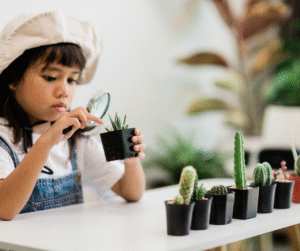
We had tons of wooden puzzles. We had map puzzles, layered puzzles, and puzzles with letters and numbers. Using puzzles to teach other skills or knowledge is a great way to make learning more fun. I purchased various, carefully chosen activities that I thought my kids would be willing to do more than once and that would hand down through all three of them.
I also made up various Montessori style activities on the cheap. I took paint swatches from our local home improvement store and cut them apart and had my kids sort the colors. They had to put all the shades of blue together and all the shades of pink together, etc. I found various websites with life cycle pictures to print and used in an activity where my kids put them in order from egg to adult. You can set up all kinds of activities that involve sorting by size or color just using what you have on hand. I put together little kits and put them on a tray or similar, because for some reason, that does grab a child’s attention more than just putting it on the table.
I also loved setting up life skill activities, which were inspired by what I learned about Montessori schools. I set up little cups and taught my kids to pour first beans or rice, and later water from one container to another. I let them learn to cut up their bananas with small blunt knives at lunch time. I found tiny tools at the dollar store and let them help cook. I also cut my cleaning sponges in half and let them learn to clean up after they did messy crafts or activities. They honestly loved all these little life skills.
Beyond This Method
I drew from this method when writing my own curriculums. I worked in hands on activities and life skills. However, I found that it never worked well for my life to try to provide too many choices at once. I just didn’t have the energy for the set up and clean up of activities we didn’t do. So, I would set up just a few of these Montessori activities that my kids could enjoy on a given day. I often paired them to other things we were learning or doing. For example, the animal puzzles or matching the baby to the mama game came out the day after a trip to the zoo.
This is of course, just the highlights of what Montessori can be. If you think this might be the homeschooling method for you, there are tons more books, and blogs that can help you learn more.
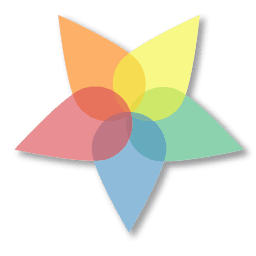
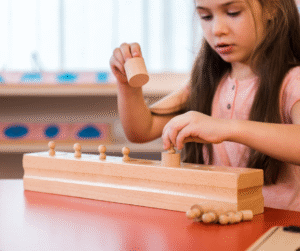
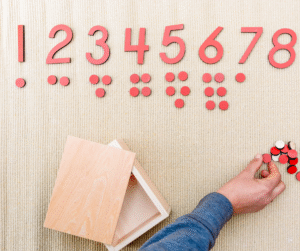
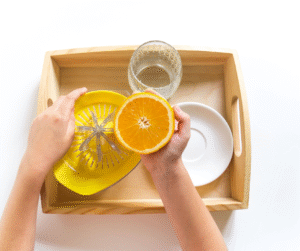




0 Comments